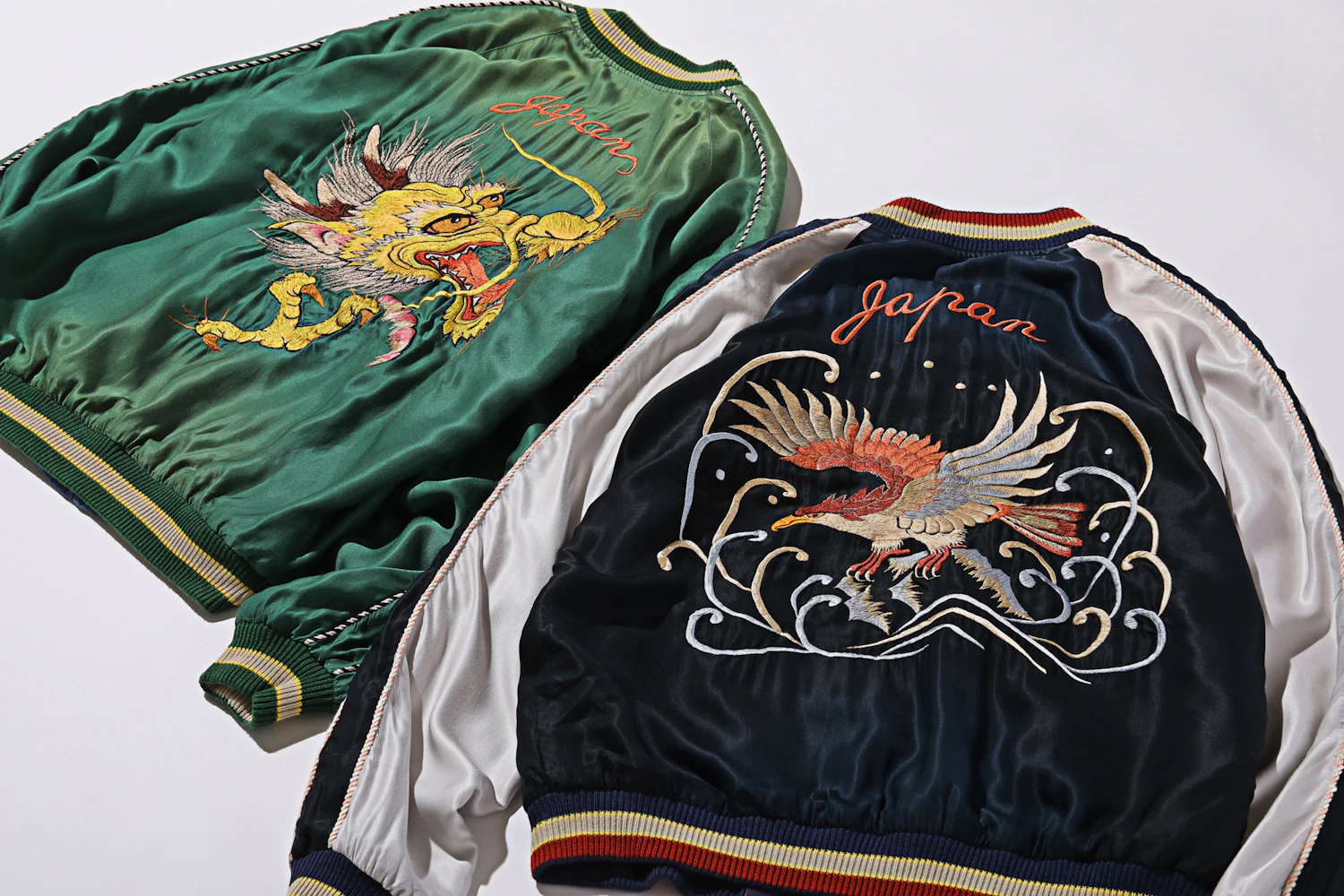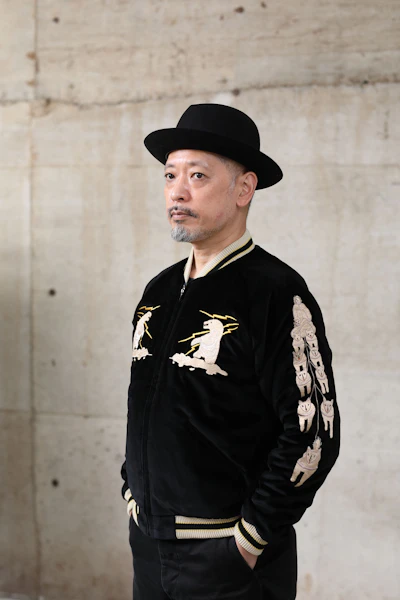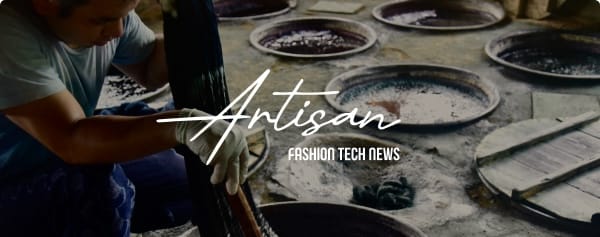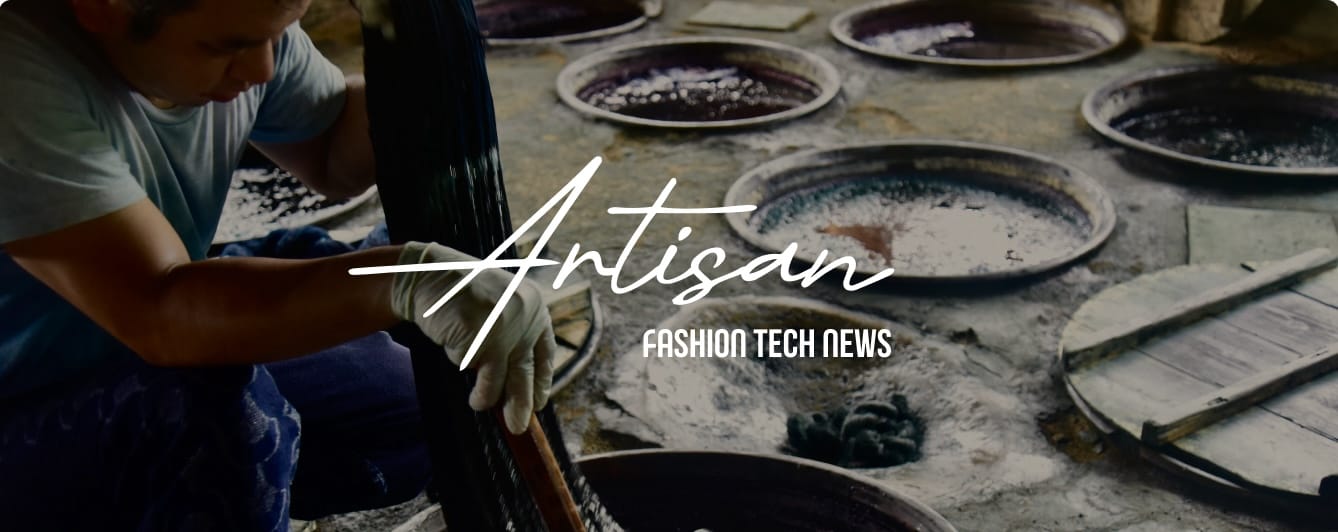2025.10.14TUE
2024.03.13
The Charm of Japanese Art Form 'Sukajan' and the Dedication of Toyo Enterprise

Clothing adorned with intricate designs of eagles, tigers, dragons etc., all beautifully rendered in embroidery throughout the back. Where does the allure of the so-called 'Sukajan' clothing come from? While many may associate it with a strong, imposing image, a close look at the embroidery reveals an incredibly meticulous craftsmanship and a high level of artisanal skill. The designs are full of dynamism, they almost seem like paintings.
In this edition, we spoke with Tatsuro Matsuyama, a Sukajan researcher and the head of planning at Toyo Enterprise's Tailor Toyo, which has been supplying 'Sukajan' to U.S. military bases since the early 1940s, shortly after the end of World War II.
How did 'Sukajan' come into existence and become a fashion staple? There's an intriguing history of cultural ebb and flow behind it.
PROFILE

Tatsuro Matsuyama
Born in 1969, in Ishikawa prefecture. After graduating high school, he worked at a well-known vintage shop in Aichi Prefecture, where he was captivated by Sukajan and began collecting vintage pieces. In 1994, he published the world's first Sukajan-focused book, 'JAPANESE EMBROIDERED JACKETS' establishing his name as a Sukajan researcher. Later, he joined Toyo Enterprise, which houses Tailor Toyo, and oversaw the reproduction of vintage Sukajan. In 2010, he published 'JAPAN JACKET', the definitive Sukajan book, encapsulating his previous works.
What kind of activities were conducted by the predecessor, Minato Shokai?
After the war, a large number of American soldiers were stationed in Japan as occupying forces. Around Ginza, the General Headquarters (GHQ) was set, and more shops were annexed to build 'TOKYO PX', proliferating sales targeted at the U.S. military officials.CONCEPT VIDEO
"fashion tech news" Unveils New Logo & Concept Video
TOP ARTICLES
RELATED ARTICLES
CONCEPT VIDEO
"fashion tech news" Unveils New Logo & Concept Video
CONTACT
If you have any questions or enquiries, please enter your details in the form below.














.tif?w=400&fm=webp)


.png?w=400&fm=webp)

.jpg?w=400&fm=webp)

